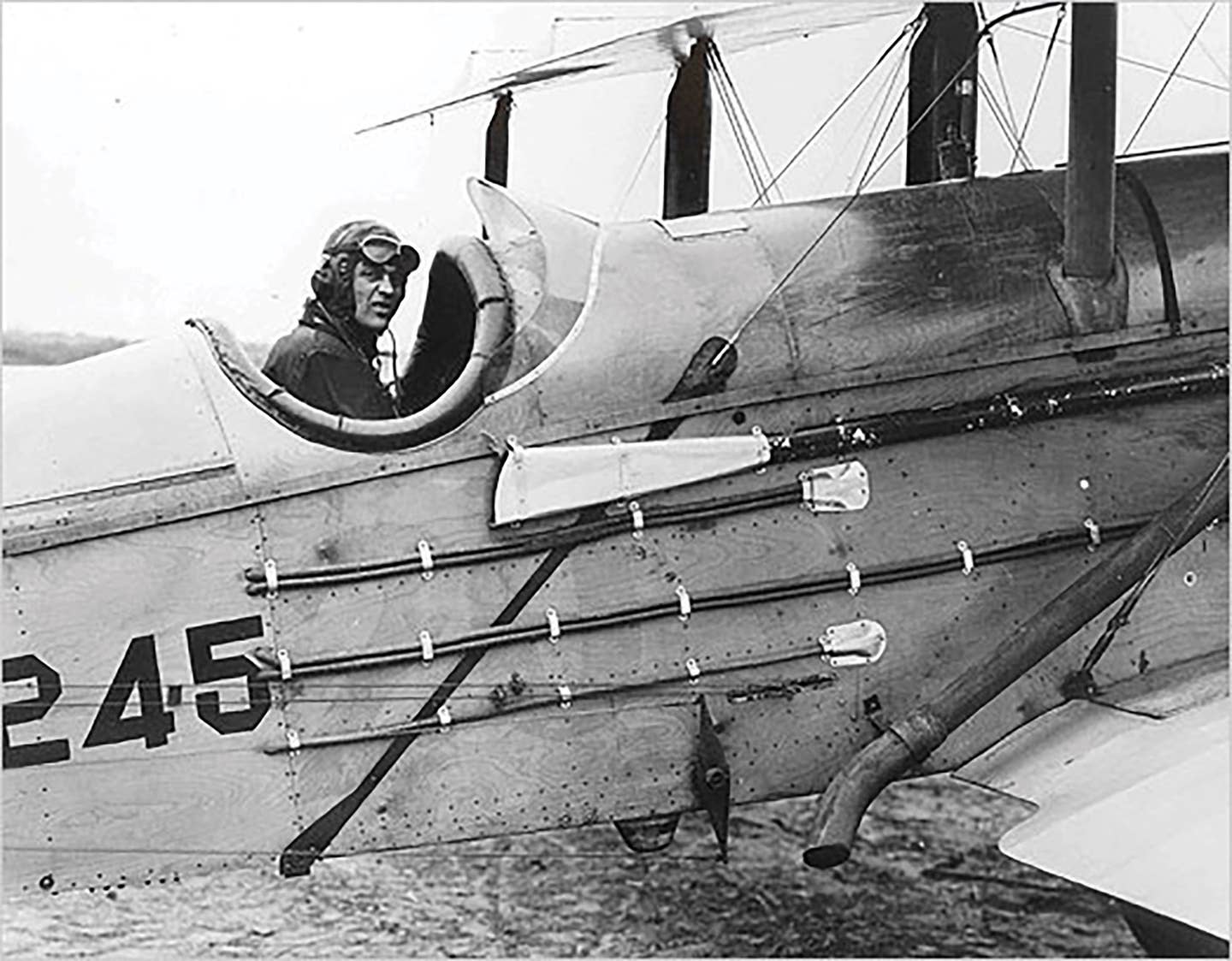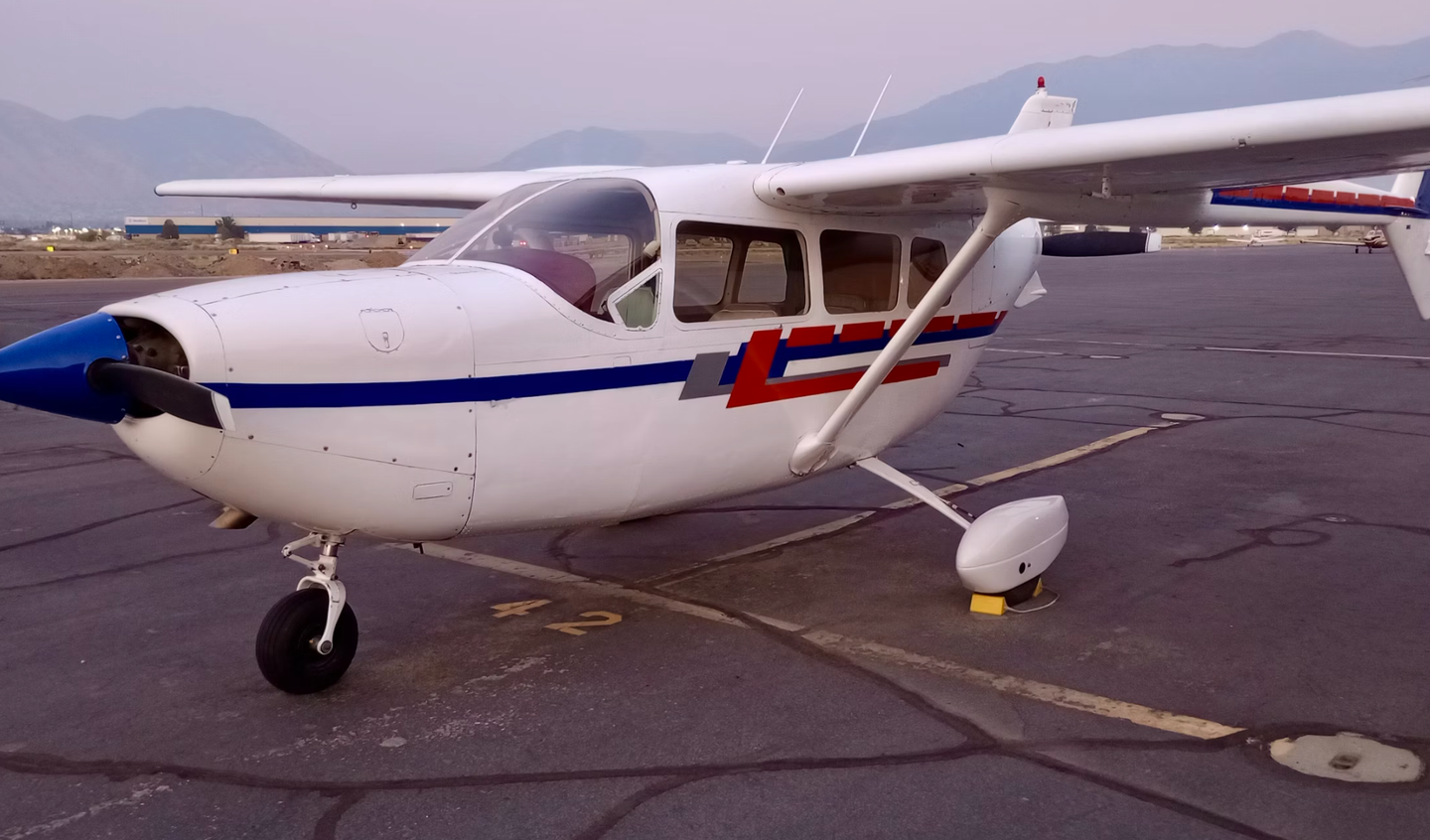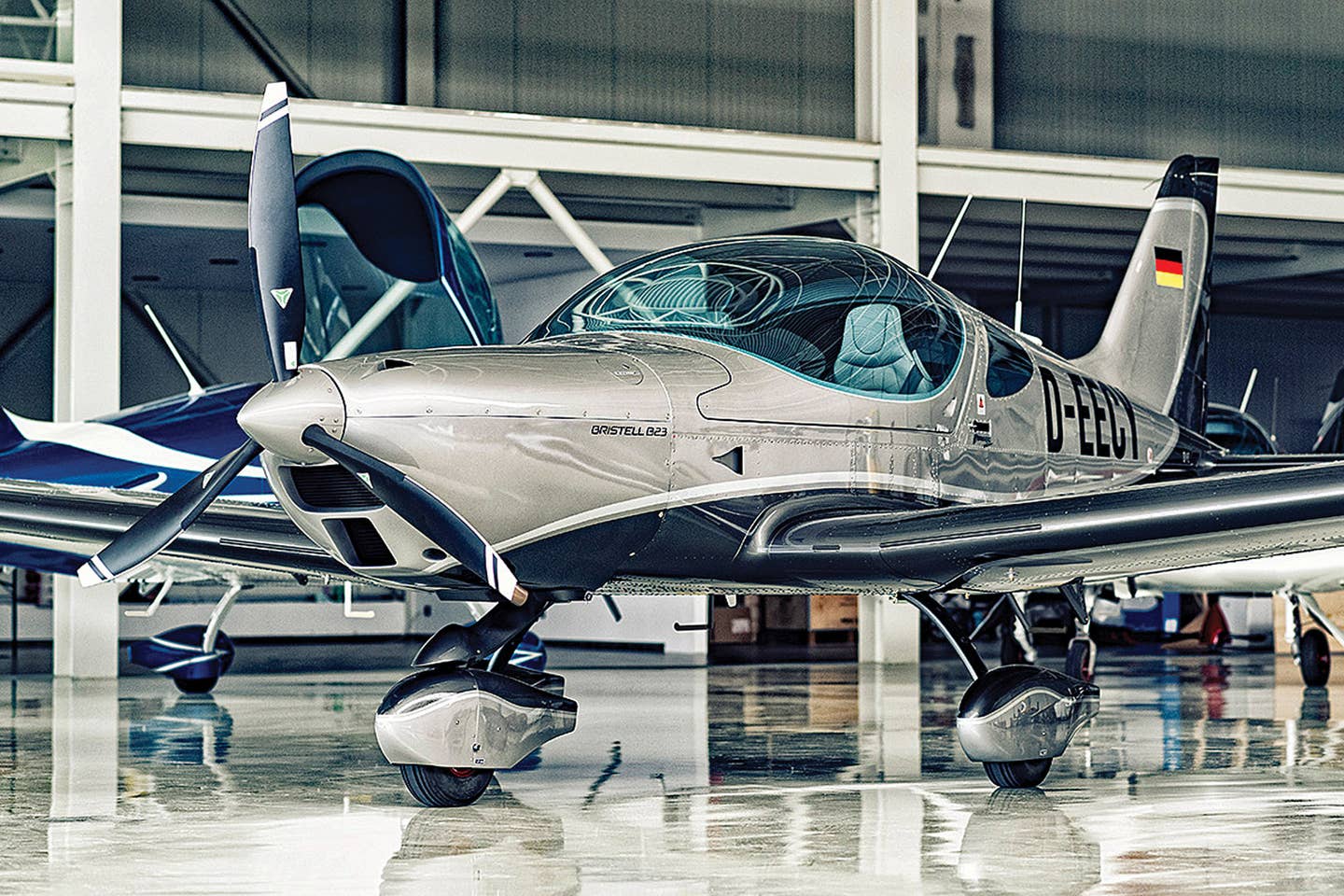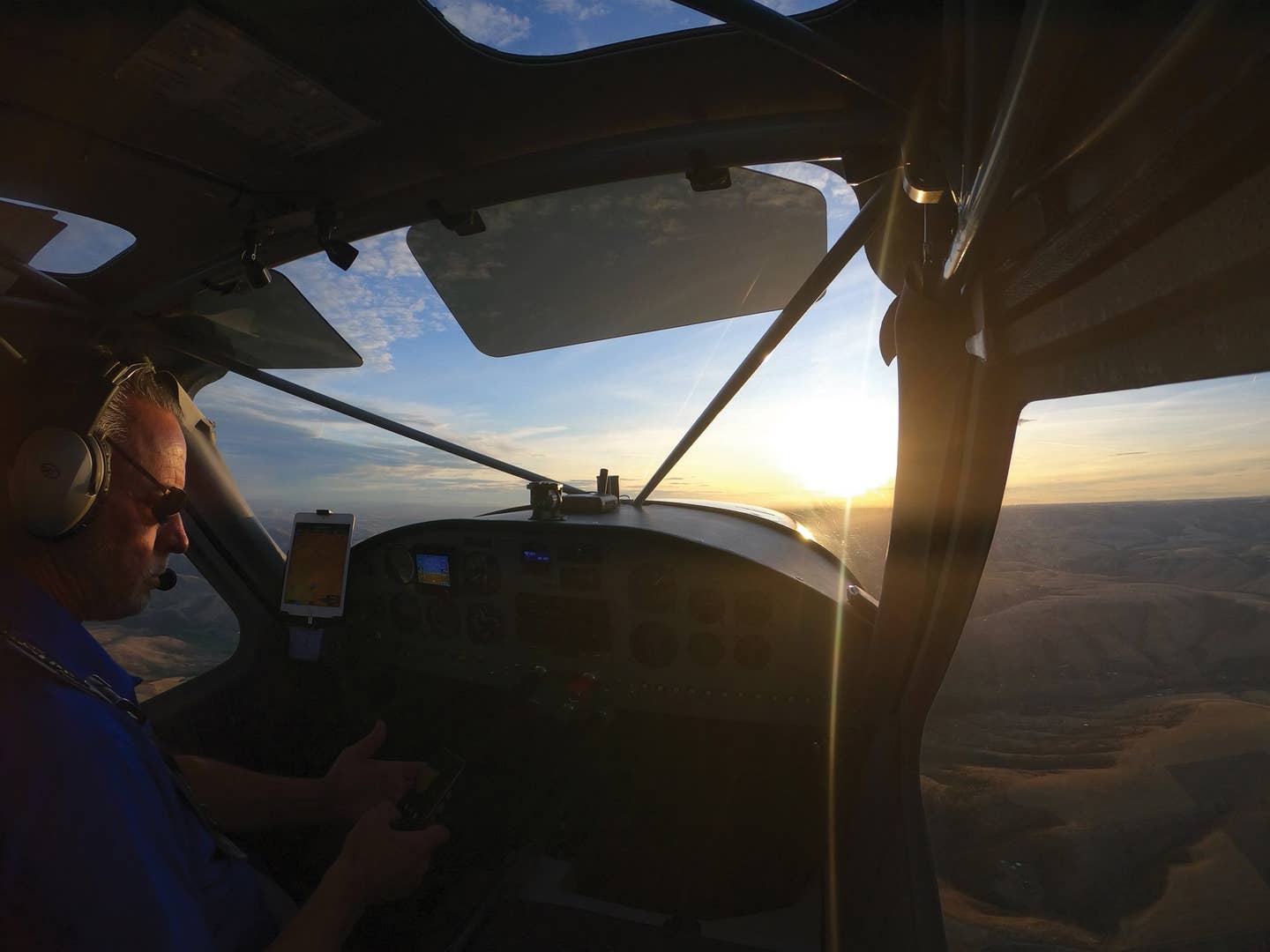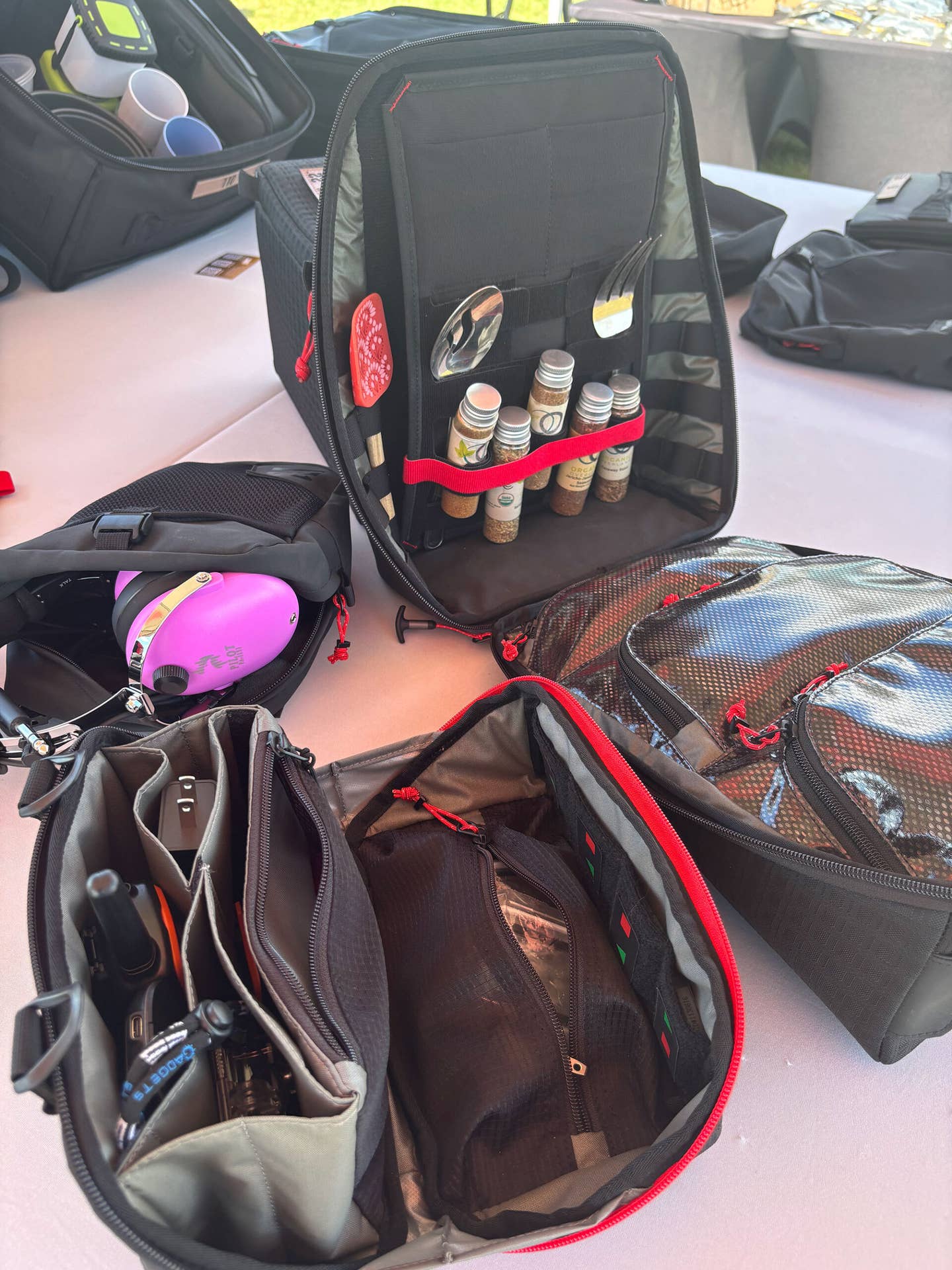Pratt & Whitney JT3D Turbofan Engine
Okay, here’s an engine you might never have heard of, but it was the first popular engine of a type that has arguably had more use/impact than all of the…
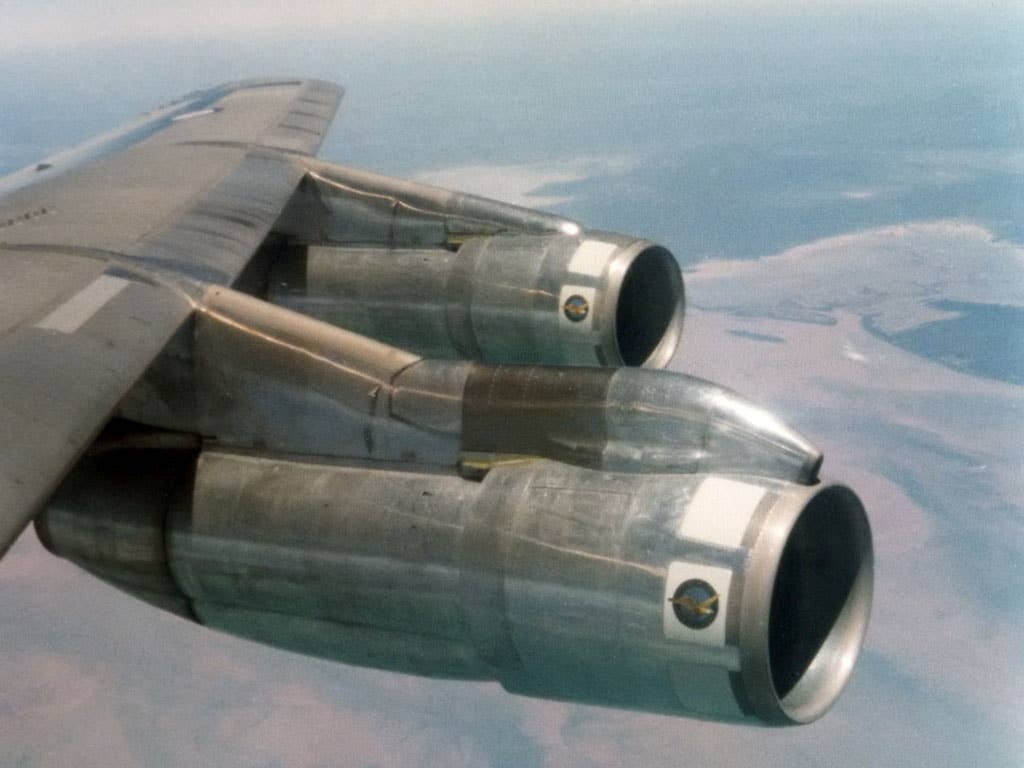
The Pratt & Whitney JT3D was the first widely successful turbofan, powering some of the most iconic and impactful aircraft of the day, including the Boeing 707 (shown here), the Douglas DC-8, the Boeing KC-135 and the Lockheed C-141. Photo by Robert Yarnall Richie, via Wikimedia Commons.
Okay, here's an engine you might never have heard of, but it was the first popular engine of a type that has arguably had more use/impact than all of the others combined: the turbofan.
Introduced in the late 1950s, the Pratt & Whitney JT3D wasn't the first commercial turbofan, but it soon took the place of the pioneering but short-lived Rolls-Royce Conway and enjoyed a 30-year production life, flying on aircraft from the Boeing 707 to the Lockheed C-141 Starlifter to the Boeing B-52 bomber.
Turbofans might just be the ideal evolution of the jet engine. Because the exhaust of a turbojet, all of it straight out the pipe, is as inefficient as it is loud, early on, jet engine researchers started looking for ways to tame it. A propeller, it was well known by then, was inefficient at speeds much higher than around 400 knots, so turboprop design wasn't ideal, and turbojets were inefficient at speeds below around 600 knots. As it turned out, that area between the two airspeed ranges is where turbofans shine.
The engines, which were early on referred to as "bypass engines," don't send all of the air through the core, instead sending a portion of it around the core of the engine. That "bypass" air is cooler than the core exhaust, but it does provide thrust, and it makes the overall operation of the engine more efficient and quieter, too.
For around 60 years now, turbofans have been the dominant engine type in commercial aviation, though they have been put to use in frontline fighter jets, too. The Lockheed Martin F-22 Raptor advanced tactical fighter is outfitted with a pair of Pratt & Whitney F119 afterburning turbofan engines that allow it to cruise at supersonic speeds efficiently and in a practical way, a phase known as "supercruise."

Subscribe to Our Newsletter
Get the latest Plane & Pilot Magazine stories delivered directly to your inbox

